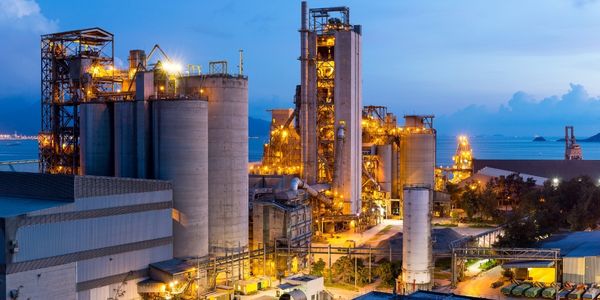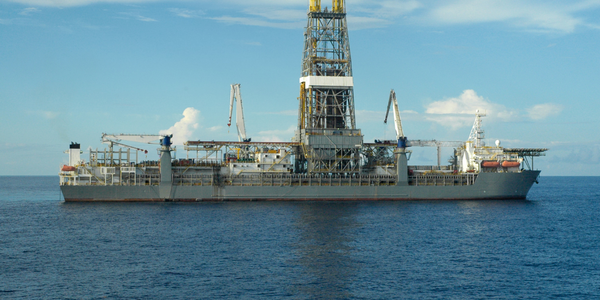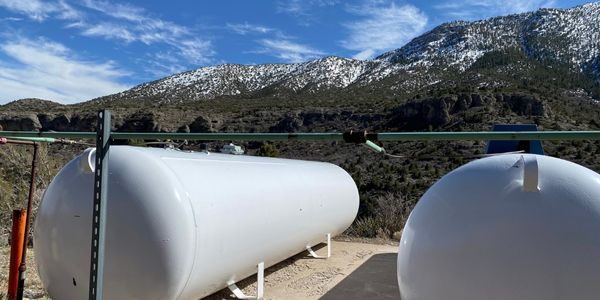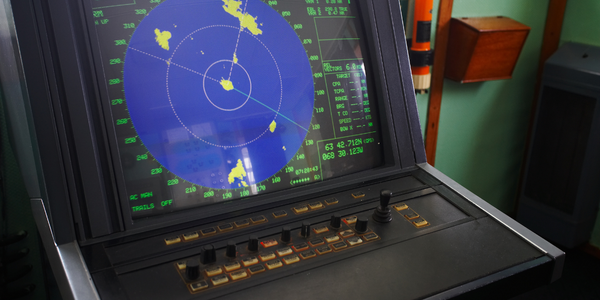Applicable Industries
- Cement
- Marine & Shipping
Applicable Functions
- Product Research & Development
About The Customer
Team New Zealand is a renowned name in the world of competitive yachting. They have achieved consecutive wins in the America’s Cup in 1995 and 2000, becoming the first team from a country outside the United States to win and then defend the America’s Cup. Their success in America’s Cup competitions has significantly contributed to New Zealand’s reputation for producing world-class boat designers and sailors. The team is constantly seeking ways to optimize their performance and maintain their competitive edge in the highly competitive field of yacht racing.
The Challenge
In the competitive world of yachting, particularly in events like the America’s Cup, the smallest changes in geometry can significantly impact the performance of a boat. Team New Zealand (TNZ) was faced with the challenge of optimizing their yacht design without solely relying on physical testing. This was due to the fact that critical flows of air and water, which greatly affect performance, are invisible, making it difficult to understand the reasons behind certain performance levels. Additionally, the traditional yacht design process can be a costly and time-consuming trial-and-error process. Each design iteration often requires the construction of a prototype, which can cost tens of thousands of dollars and take months to build and test. TNZ designers were tasked with analyzing hundreds of potential designs for the most critical components to extract the maximum performance from their previous generation boats.
The Solution
To overcome these challenges, TNZ turned to technology, specifically ANSYS® CFX®, a high-performance computational fluid dynamics (CFD) software. Fluid dynamics play a crucial role in yacht design, determining the power generated by the sails and the drag produced by the boat’s hull. Simulating the airflow over a sail is a massive computational challenge. However, TNZ utilized the parallel processing capabilities of CFX to solve a 6 million node model in about 24 hours on a 16-processor Silicon Graphics Origin2000 server. This was a fraction of the time required to build a physical model. The superior turbulence models in ANSYS CFX provided accurate results, enabling the team to visualize flow velocity and pressure magnitudes. This made it possible to improve the design at a much faster rate. The CFX tools also handle multiphase flows readily, capturing the wave detail that other codes don’t.
Operational Impact
Quantitative Benefit

Case Study missing?
Start adding your own!
Register with your work email and create a new case study profile for your business.
Related Case Studies.

Case Study
System 800xA at Indian Cement Plants
Chettinad Cement recognized that further efficiencies could be achieved in its cement manufacturing process. It looked to investing in comprehensive operational and control technologies to manage and derive productivity and energy efficiency gains from the assets on Line 2, their second plant in India.

Case Study
Drill ship power challenge: hybrid solution solves distribution issues
Aspin Kemp & Associates (AKA), a manufacturer of electrical power and control systems headquartered in Montague, PEI, encountered one with its hybrid power initiative, the first hybrid drill floor destined for installation on ultra-deepwater drill ships operated by Transocean, Swiss offshore drilling contractors. Since on-site modification was impossible and scrap recycling of any modifications was unacceptable, the enclosures had to arrive ready-to-install.

Case Study
Ensures Tanker Safety and Emissions Compliance
Storage tanks are irregular in shape and a certain amount of mathematical modelling is required to get an accurate representation of volume and, more importantly, the weight of material in each tank. In addition, countries have different emission regulations, so the ships position needed to be accurately known in order to geotag emission data.

Case Study
Real-time Networked Sonar System for Ships
A multinational, knowledge-based corporation that delivers marine electronics solutions is utilizing industrial Ethernet technology to help ensure that operations at sea are dependable and optimal. Based in Europe, the company has nearly 4000 employees working in 20 countries around the world, and produces high-tech systems for offshore oil and gas operations, merchant marine systems, and various applications for the defense and aerospace industries. The company produces products and systems used by merchant vessels and offshore installations for positioning, navigation, automation, as well as for surveying and monitoring the seabed, and for fishing vessels and fi sheries research. As one of the major suppliers of high quality marine electronics in the world, their products include chart plotters for yachts, triple redundant dynamic positioning systems for oil drilling rigs, and sonar and instrument systems for scientifi c research vessels. Products used for marine applications must be rugged enough to endure the corrosive effects of salt water, and be able to withstand excessive amounts of vibration and shock. For this reason, the company only uses DNV and GL certified products and components to ensure that their systems can meet the high standards required by the maritime industry.

Case Study
Digital Transformation of Atlanta Grout & Tile: An IoT Case Study
Atlanta Grout & Tile, a Tile, Stone & Grout restoration company based in Woodstock, Georgia, was facing challenges with its traditional business model. Despite steady growth over the years, the company was falling behind the web revolution and missing out on the opportunity to tap into a new consumer base. They were using independent software from different vendors for each of their department information and workforce management. This resulted in a lot of manual work on excel and the need to export/import data between different systems. This not only increased overhead costs but also slowed down their response to clients. The company also had to prepare numerous reports manually and lacked access to customer trends for effective business decision-making.




